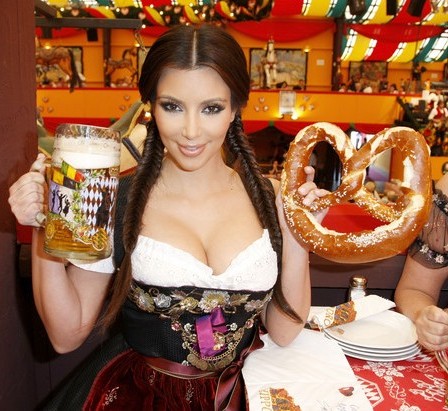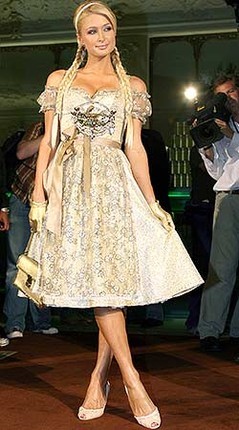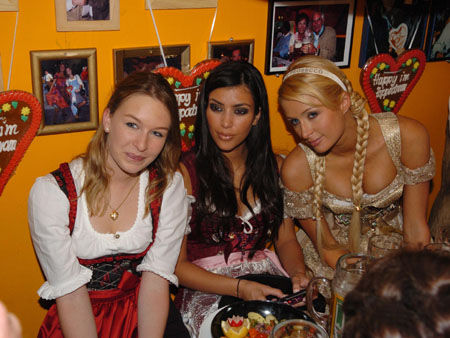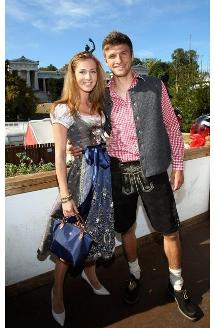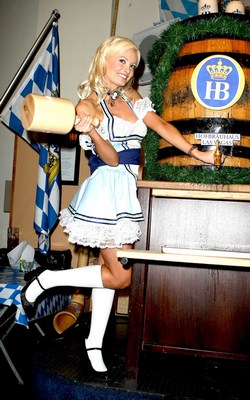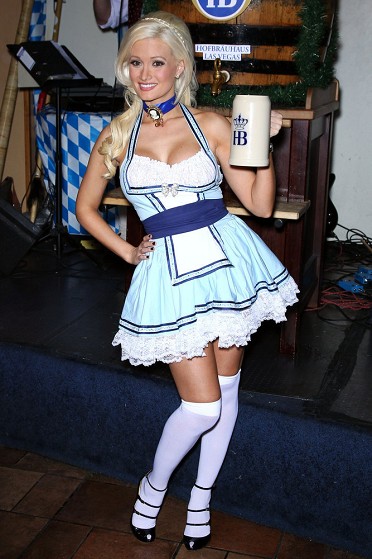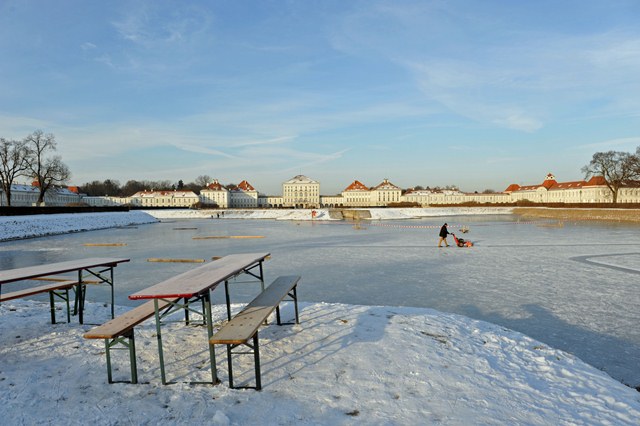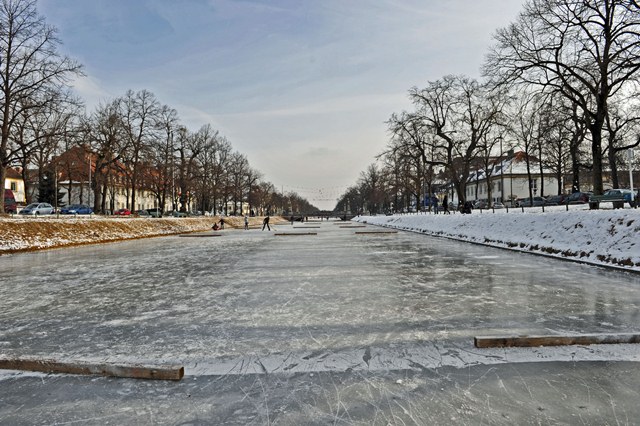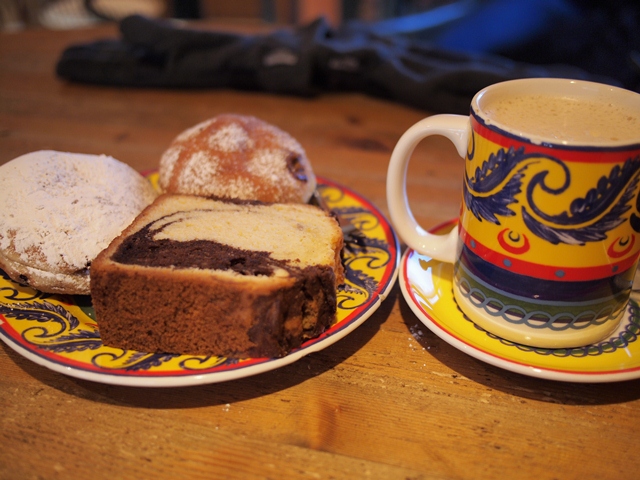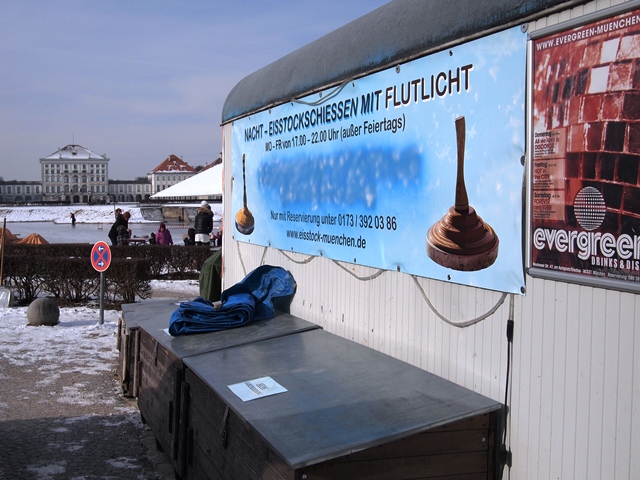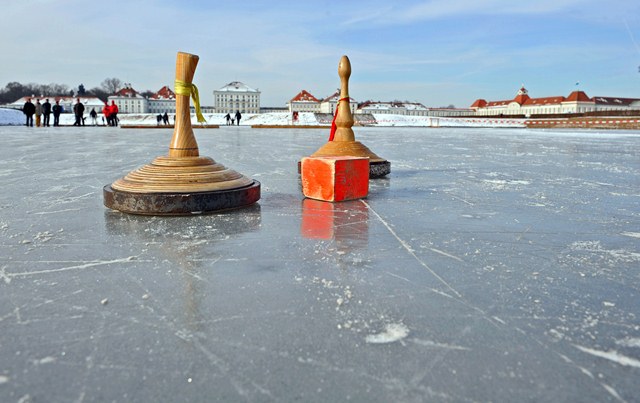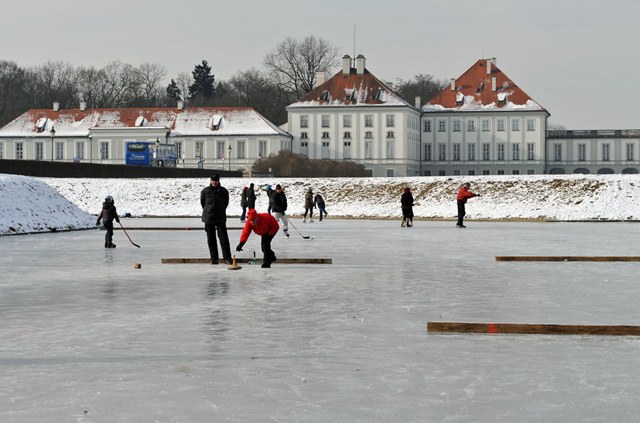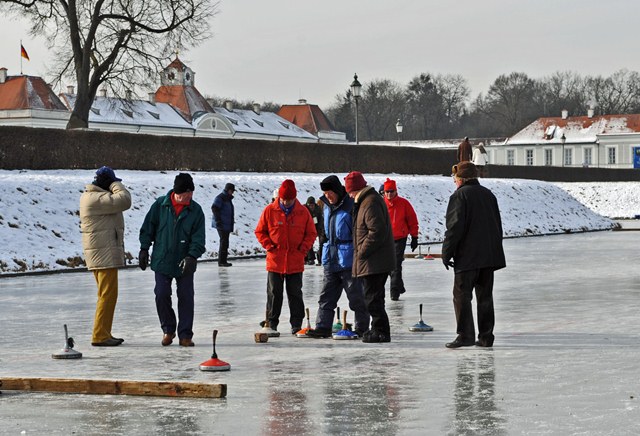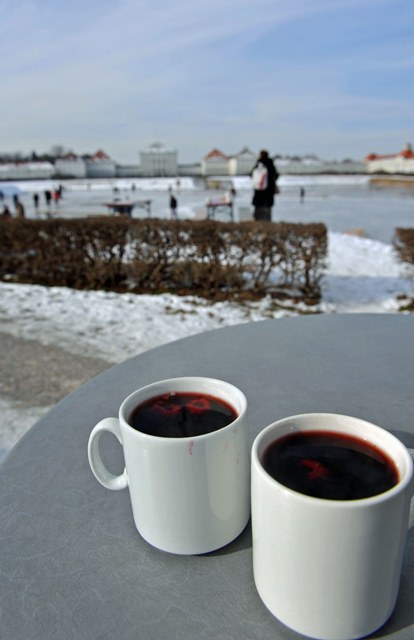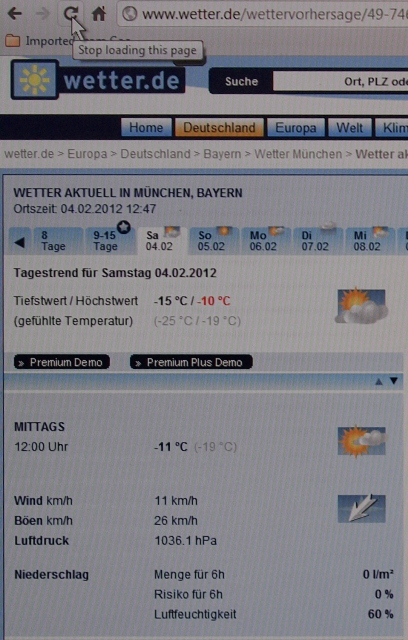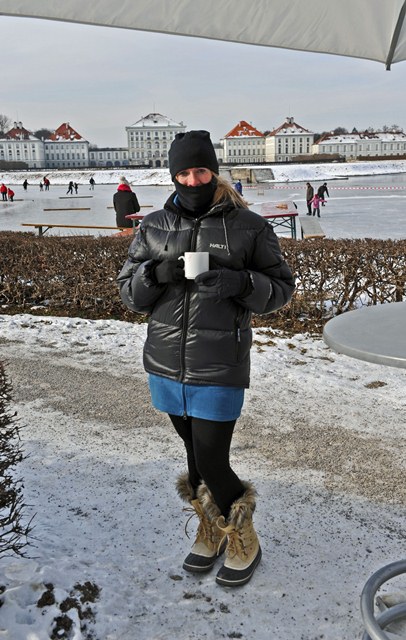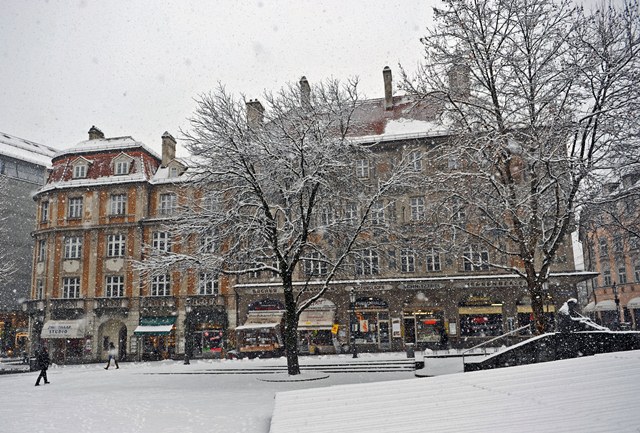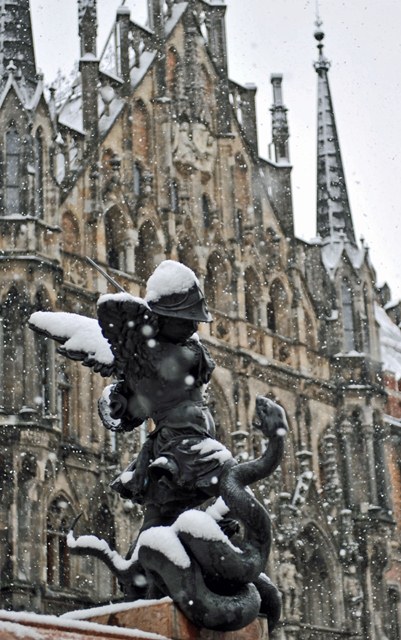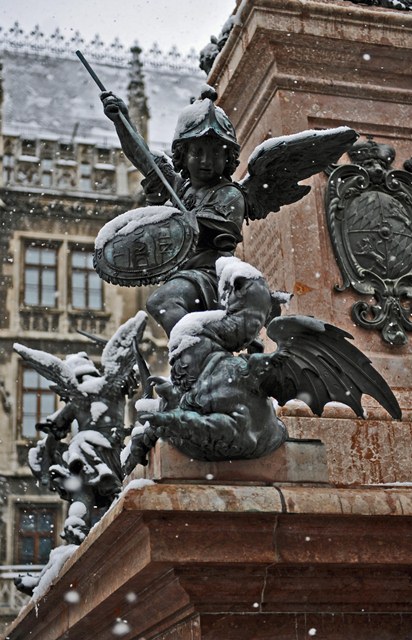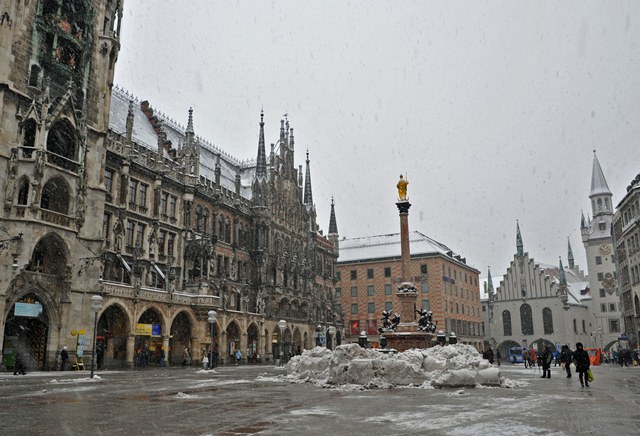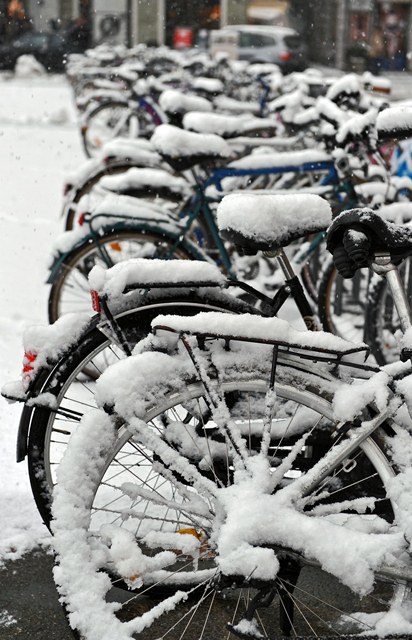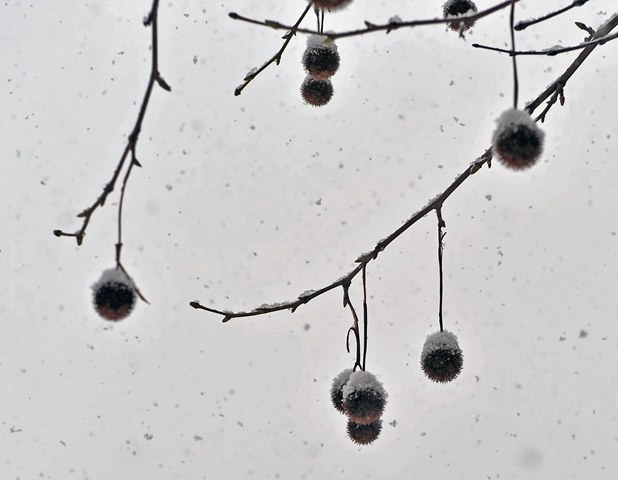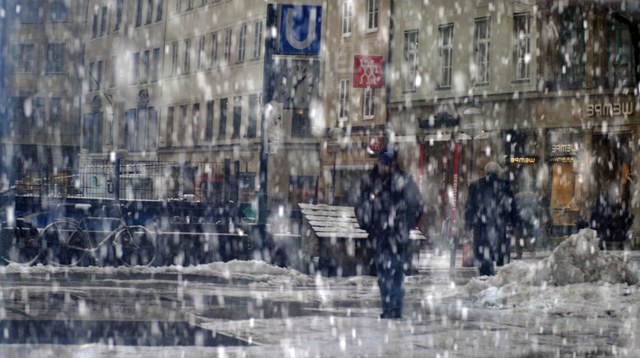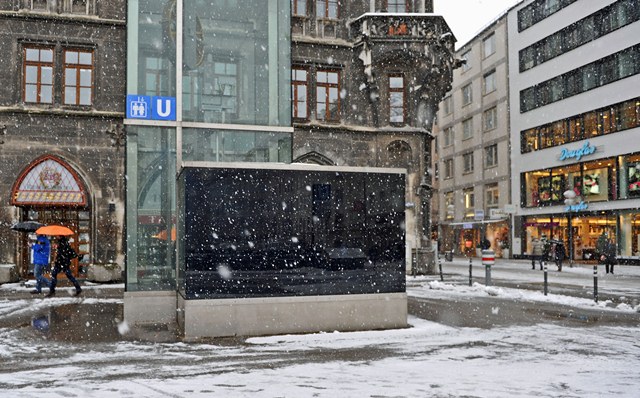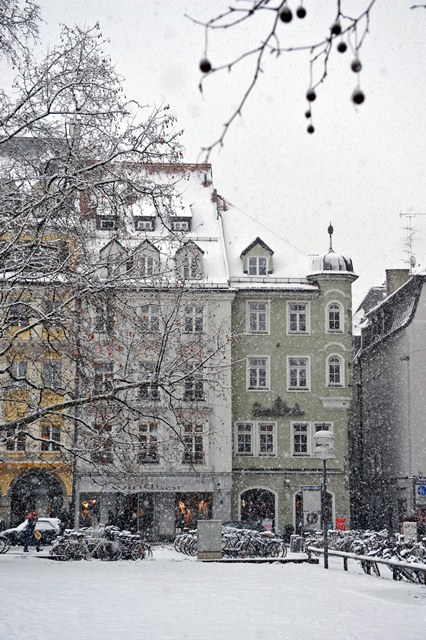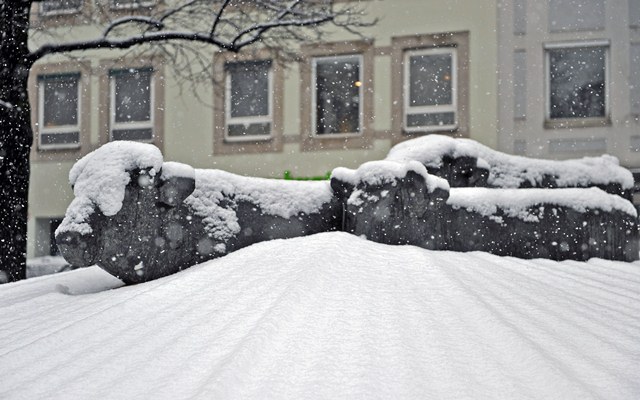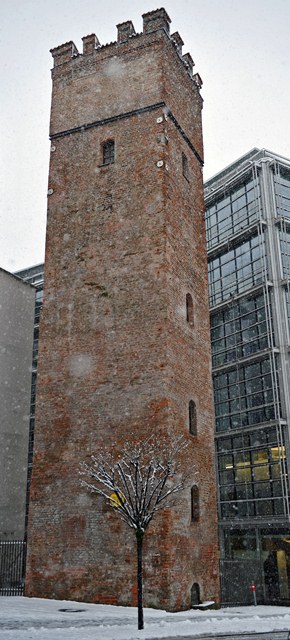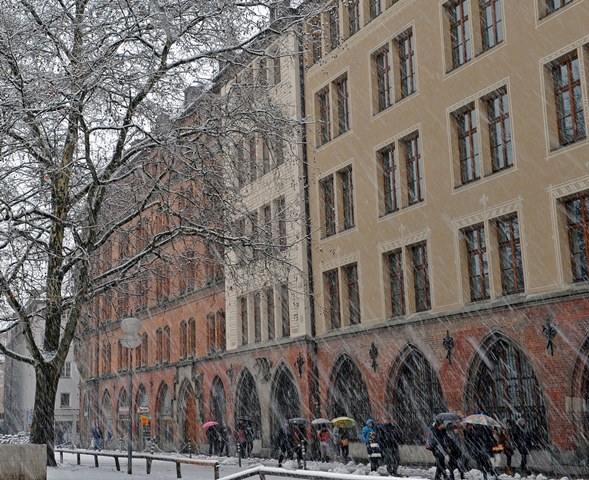Starkbier Tasting
 Tuesday, June 12, 2012 at 9:00
Tuesday, June 12, 2012 at 9:00 Every year in the weeks leading up to Easter, Munich holds its other beer festival - Starkbierfest.
This one is a lot of fun, because it still involves beer, chicken, trachten, and schlager, but it's much more relaxed and less crowded than Oktoberfest. Perhaps because there are fewer tourists, or perhaps because it's spread out over multiple venues and runs 3 to 4 weeks. Whatever the reason, it's a lot of fun! However, this festival doesn't have all the rides and carnival games and food....no, it's all about the beer. And the beer is strong!
 Starkbierfest at Paulaner am Nockherberg
Starkbierfest at Paulaner am Nockherberg
The origins of Starkbierfest date back to the mid-1700s, and starkbier itself a hundred years earlier. The monks at Paulaner started brewing this "liquid bread" (flussiges Brot) and drinking it through Lent, when they had to fast. The Bavarian rulers of course turned it into a public festival, and Starkbierfest was born.
Today, many breweries produce a Starkbier, which basically is a doppelbock. Though the "strong" in "starkbier" refers to the wort, it is also worth noting before you head to a festival where beer is served by the liter, that it's also quite strong. Usually around 8% ABV.
The most popular sites for Starkbierfest are Paulaner's am Nockherberg and the Löwenbräukeller. There are others, and of course restaurants from most major breweries (Augustiner, Ayinger, Hacker Pschorr, etc) will offer their starkbier seasonally. For some reason, most starkbiers have names ending in -ator, such as Celebrator (Ayinger) or Maximator (Augustiner).
But, we rarely have a chance to compare starkbiers head-to-head. So, we brought home the four we could purchase to go. Paulaner's Salvator is the best-known and is available year round. In fact, it was a huge hit in the Schnitzelbahn Beer Tournament, going all the way to the final four before losing to the eventual champion, Andechs Weissbier. Löwenbräu's Triumphator also is available year round in stores, but Augustiner's Maximator and Hacker-Pschorr's Animator are truly seasonal beers.

In the first round of our Beer Tournament, we did have Löwenbräu and Paulaner in the Starkbier Round. But we weren't able to get the others then. So now we have a rematch, with a couple of other competitors.
First up was Paulaner's Salvator vs Augustiner's Maximator. Note the difference in color? The Paulaner was much lighter than the Augustiner.
Both were excellent, and it was a split-decision. Herr J preferred the Paulaner, with its distinctive starkbier taste and sweetness. I preferred the Augustiner, which was seemed a little more balanced to me in both hoppiness (not very) and malt flavor. It reminds me of the Traditionsbier served in the historic Oktoberfest tents the past 2 years. And that was good beer!!

Then we tried the Hacker-Pschorr vs the Löwenbräu...no contest. Much to our surprise, the Hacker-Pschorr was a very smooth, malty and drinkable beer. The Löwenbräu was a little bitter and just not so good.

A fun experiment for a rainy evening. We're looking forward to Starkbierfest next year!
On a side note, an American homebrewer last year decided to walk in the Paulaner monks' path (and blog about it) and fasted for Lent, having only doppelbock. You can see his adventures at Diary of Part-time Monk.
 Frau A ...
Frau A ...  Post a Comment
Post a Comment  Beer,
Beer,  Germany & German Culture tagged
Germany & German Culture tagged  beer,
beer,  beer categories,
beer categories,  beer types,
beer types,  starkbier,
starkbier,  starkbierfest ...
starkbierfest ...  Print Article
Print Article  Email Article
Email Article 
















